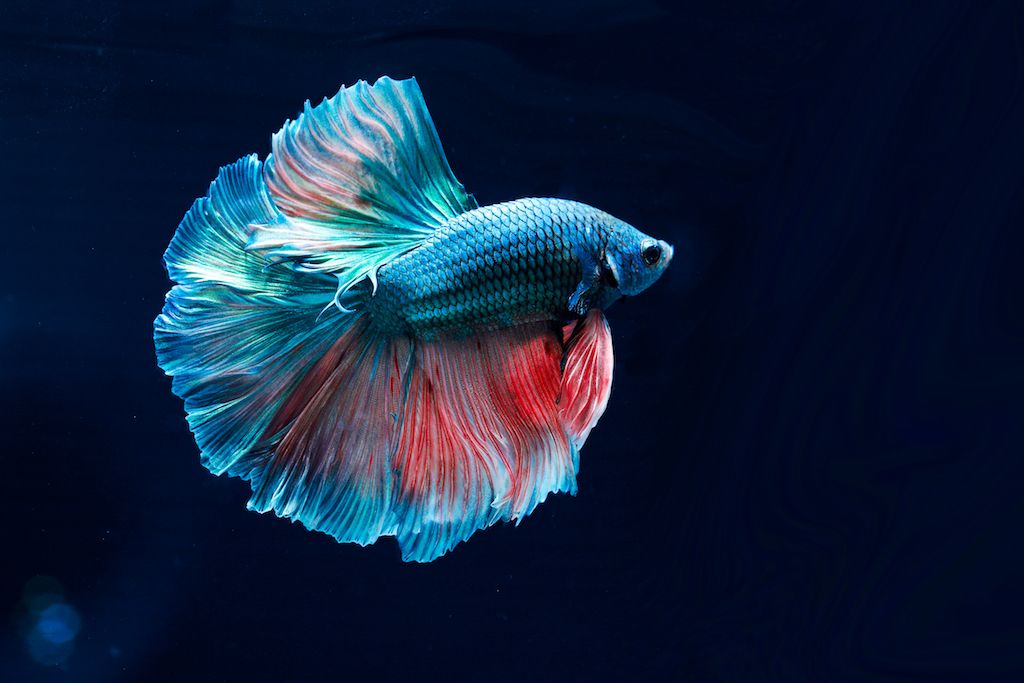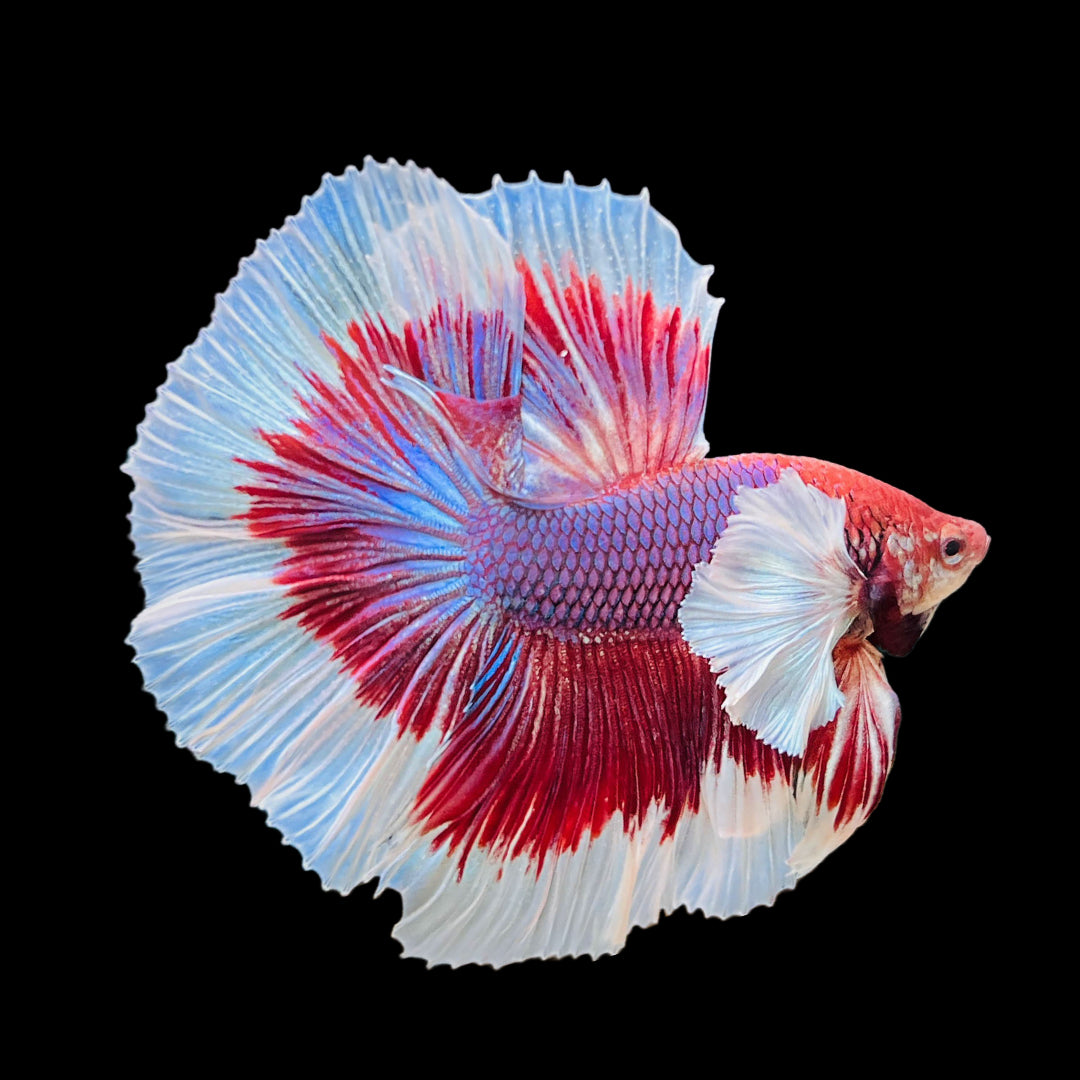Betta Fish Diet Plan: What to Feed Your Betta for Optimal Wellness
Betta Fish Diet Plan: What to Feed Your Betta for Optimal Wellness
Blog Article
Everything About Betta Fish: Recognizing Their Special Needs, Behavior, and the very best Practices for Optimum Care
Recognizing the special needs and habits of Betta fish is crucial for any type of aquarist seeking to offer optimum treatment. These exciting animals, belonging to the cozy waters of Southeast Asia, exhibit distinctive territorial propensities and require certain ecological problems to thrive. From selecting the right container size to recognizing possible wellness issues, different factors considerably influence their health. As we explore these components even more, the implications for both newbie and knowledgeable fish caretakers come to be increasingly apparent, questioning regarding just how ideal to fit these impressive fish in our homes.
Betta Fish Review
Although usually appreciated for their lively colors and streaming fins, Betta fish, clinically referred to as Betta splendens, are complicated animals that call for particular treatment to grow. Originating from Southeast Asia, these freshwater fish are recognized for their territorial nature and special habits. Betta fish exhibit sexual dimorphism, with men displaying a lot more dazzling colors and longer fins than women.
Their aggressive propensities, specifically amongst men, demand careful consideration when real estate them. Bettas are frequently maintained in single-specimen storage tanks to stop territorial disagreements. They can coexist peacefully with certain compatible species in bigger community containers, offered the environment fulfills their needs.

To make certain optimal care, aquarists should understand their unique behavior characteristics, nutritional needs, and habitat needs. betta fish. With correct focus, Betta fish can show their dynamic personalities and grow in a well-kept fish tank setting
Natural Environment and Setting
Betta fish prosper in a varied variety of all-natural habitats, largely located in the shallow waters of Southeast Asia, including rice paddies, swamps, and slow-moving streams. These atmospheres are characterized by warm temperature levels, usually in between 75 ° F and 82 ° F(24 ° C and 28 ° C ), and a pH level varying from 6.5 to 7.5, which is perfect for their health and wellness and well-being.
In their all-natural environments, Betta fish are accustomed to thick plant life, giving both shelter and reproducing grounds. The existence of plants such as drifting water lilies and thick grasses not only supplies defense from predators but likewise adds to the oxygenation of the water, which is important for their respiratory system needs. In addition, these atmospheres usually have locations of still water, allowing Betta fish to exhibit their all-natural behaviors such as bubble nesting.
Comprehending the natural environment of Betta fish is important for aquarium enthusiasts. Reproducing these problems-- with water temperature level, pH balance, and the addition of online plants-- can significantly enhance the total health and durability of these fascinating fish, guaranteeing they grow in a home fish tank setting.
Social Habits and Communications
Comprehending the social habits and communications of Betta fish is vital for successful aquarium monitoring. Betta fish, or Siamese fighting fish, are recognized for their unique behavioral traits, identified largely by territoriality and aggression. Men, particularly, show very hostile actions towards each other, causing the infamous online reputation of Betta fish as boxers. In a confined area, 2 males can participate in violent fights, commonly leading to injury or death.
Conversely, female Bettas display less hostile habits and can exist side-by-side in teams, called sororities, if introduced properly. It is critical to monitor their communications carefully, as hierarchy and dominance can lead to disputes. Recognizing the characteristics within a Betta neighborhood is important; developing concealing places and making sure adequate room can reduce aggressiveness.
Additionally, Betta fish might also present curiosity and social habits in the direction of various other varieties. While they can coexist with specific non-aggressive tank mates, it is necessary to pick compatible varieties to prevent stress and anxiety and hostility. In general, acknowledging these social interactions is key to promoting an unified aquarium atmosphere for Betta fish.
Important Treatment Guidelines
Providing appropriate take care of Betta fish is critical to their health and wellness and health. To make sure a growing environment, it is necessary to maintain optimum water problems. The water temperature level must be kept between 76 ° F and 82 ° F(24 ° C to 28 ° C), while pH degrees need to range from 6.5 to 7.5. Regular water anonymous changes-- about 25% once a week-- assistance preserve water quality.
Betta fish need an appropriate tank size; a minimum of 5 gallons is suggested to supply appropriate room for swimming and hiding. Consist of designs and see here plants to create a revitalizing setting, but prevent sharp things that might harm their delicate fins.

Lastly, make certain the tank is furnished with a filter to keep the water tidy, yet use a mild filter to stay clear of strong currents that can worry the fish. By complying with these important treatment standards, owners can promote a healthy and balanced and vibrant Betta fish.
Common Wellness Issues and Solutions
In the care of Betta fish, recognition of usual health issues is crucial for maintaining their health. One prevalent concern is fin rot, frequently brought on by bad water top quality or bacterial infection. Signs consist of frayed or blemished fins. To deal with fin rot, boost water conditions and consider making use of a broad-spectrum antibiotic.
An additional common condition is ich, a parasitic infection identified by white spots on the fish's body (betta fish). Treatment includes enhancing water temperature and including aquarium salt to the storage tank, as this can aid remove the parasite
Swim bladder disorder is additionally often observed, causing buoyancy issues. This problem may arise from overfeeding or irregularity. A fasting period of 24-48 hours, adhered to by a diet plan of blanched peas, can provide relief.
Lastly, bettas you could look here might endure from velvet condition, indicated by a gold dust-like look on their skin. Treatment normally requires drug particularly developed for external parasites, alongside improved storage tank hygiene.
Routine monitoring of water specifications, preserving a clean setting, and supplying a balanced diet plan are essential precautionary measures. By addressing these health issues immediately, Betta fish can lead much healthier, more vivid lives.
Verdict
In recap, successful betta fish treatment calls for an understanding of their distinct needs and habits. Routine monitoring of health and water quality, along with a well balanced diet plan, contributes to the longevity and vibrancy of betta fish.
Report this page